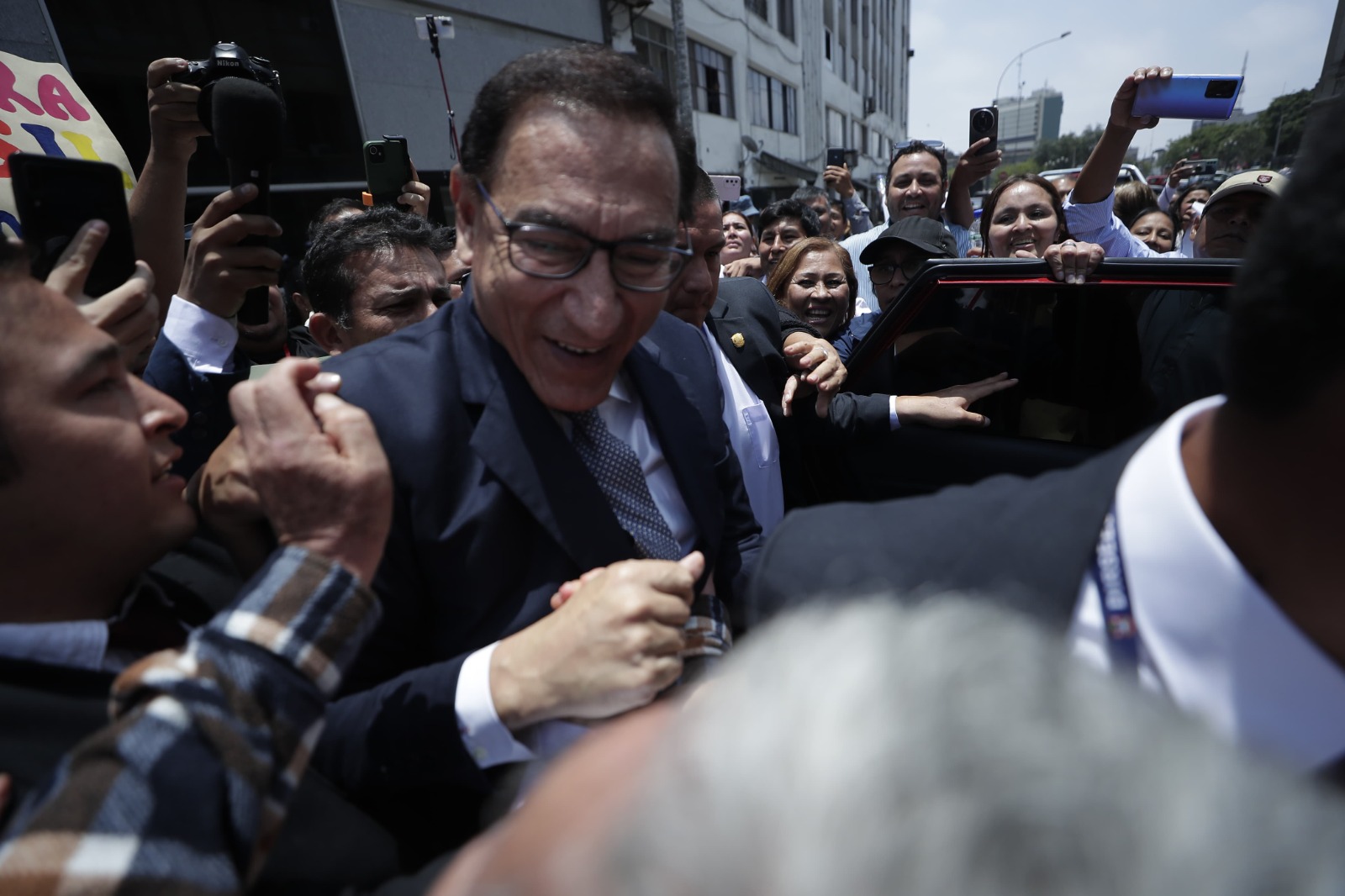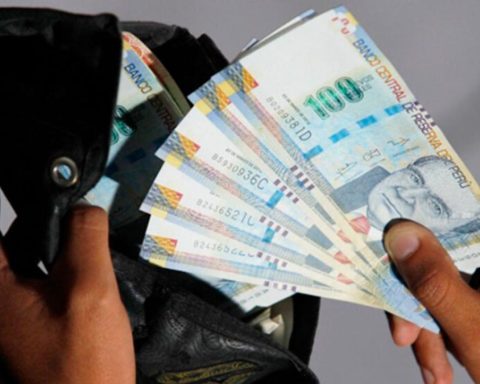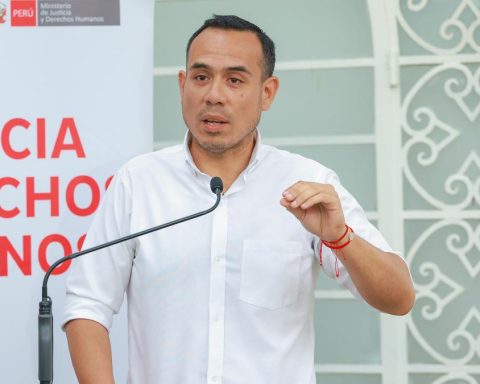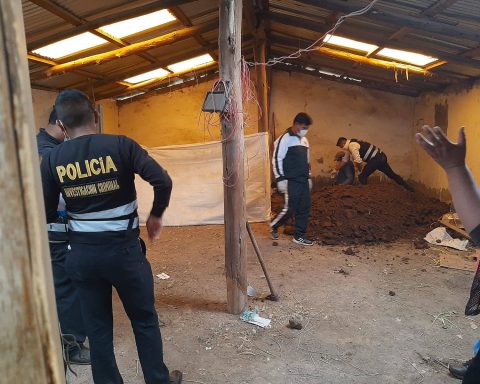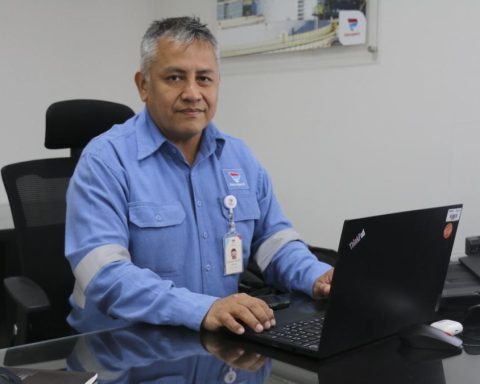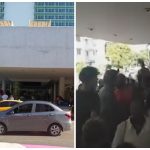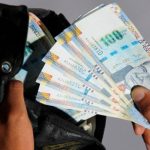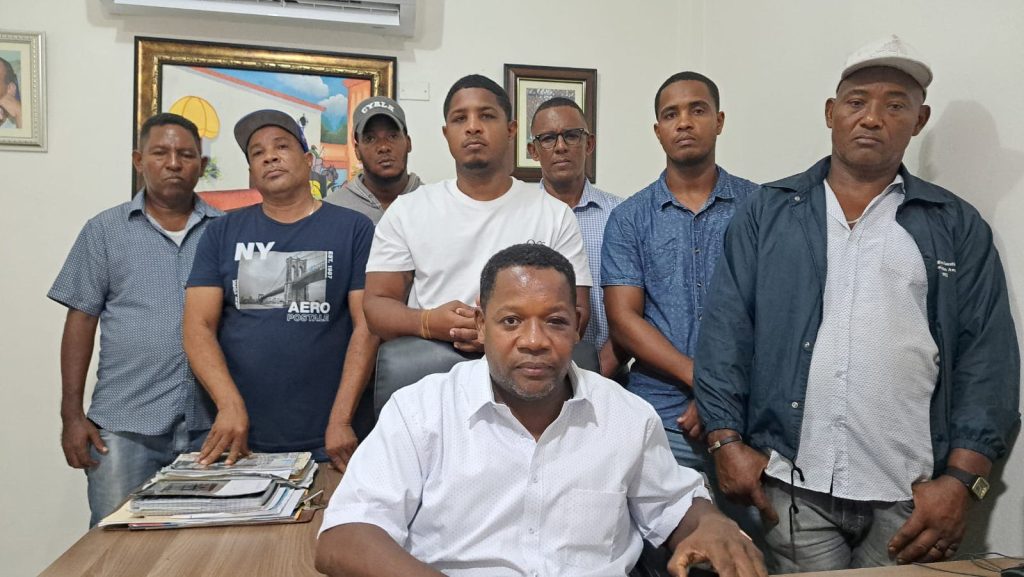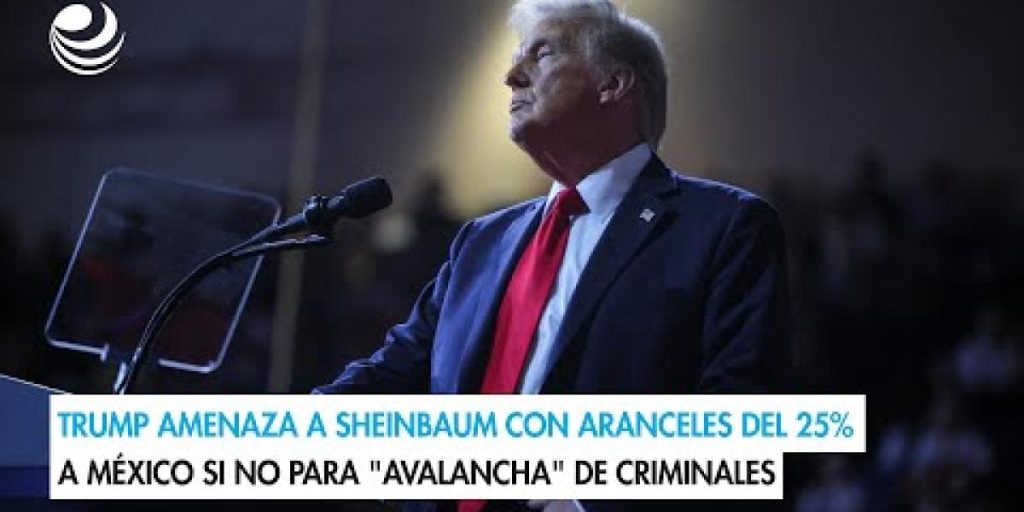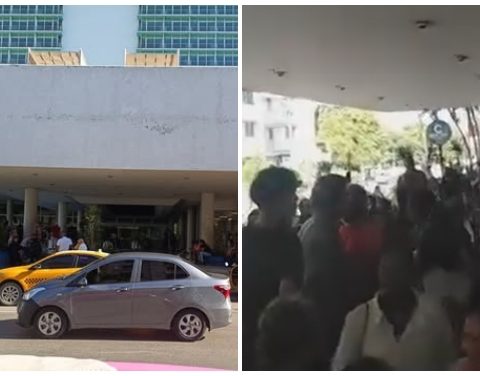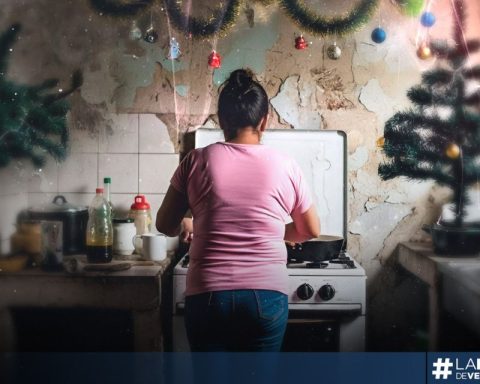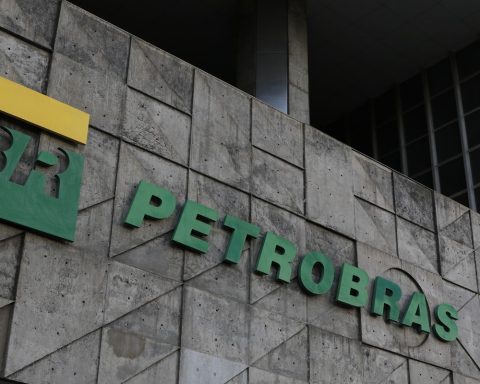This Monday the trial against the former president resumes Martin Vizcarra for the commission of the alleged crime of passive bribery when he was regional governor of Moquegua.
LOOK: Dina Boluarte’s government delays application of more than 70 laws due to lack of regulations
According to the Prosecutor’s Office, the former president would have received bribes of up to S/ 2.3 million, between 2011 and 2014, to benefit consortiums in the tenders for Lomas de Ilo and the Moquegua Hospital.
Consequently, the Public Ministry requests that Vizcarra be sentenced to 15 years in prison: nine years for the expansion and improvement of the Moquegua regional hospital and six years for the tender for the Lomas de Ilo irrigation project.
Silvana Carrión, Ad Hoc public attorney for the Lava Jato case, has requested that the former president and the companies included as third parties pay civil compensation S/ 4.6 million jointly.
At this Monday’s hearing, the Ad Hoc Prosecutor’s Office for the Lava Jato Case, as well as the former president’s defense, will present their statements before the Fourth Collegiate Court of the National Superior Court. The session will be held at two times: from 9:00 am to 1:00 pm in person; from 2:30 pm to 5:00 pm, in virtual mode.
Lomas de Ilo Case
The Public Ministry accuses the former president, when he was governor of Moquegua, of having contacted the manager of the Obrainsa company, Elar Paúl Tejada Moscoso, to arrange a meeting to help him win the tender in which his company, consortium with the Astaldi company , participated in the project “Construction of the Jaguay – Lomas de Ilo Conduction Line No. 1 and Irrigation System I Stage of the project Expansion of the Lomas de Ilo – Moquegua Agricultural Frontier”
The dialogue would have occurred through a call from Vizcarra to the businessman between November 4 and 6, where the then governor offered to go to the Obrainsa offices in Lima, because he was in the capital.
This is how they met at the offices of the questioned company between November 5 and 6, 2013. At that meeting, Vizcarra would have provided confidential information so that the company could win the tender. According to the Prosecutor’s Office, the then governor would have detailed that the maximum amount to be offered for the tender should not exceed S/ 81 million, therefore, his economic proposal had to be modified, since it was initially observed.
Likewise, it is indicated that, once the evaluation of the United Nations Office for Project Services (Unops), the institution that reviewed the proposals, was completed, he would be informed of the results so that he would not have any objection to the award.
In exchange for this privileged information, Vizcarra would have requested 2% of the value of the work, established at S/ 1,016,212.76, according to the effective collaborator 10-2018. This request was accepted by the consortium companies.
On November 12, 2013, Unops informed the consortium made up of Obrainsa and Astaldi that its proposal received approval and that it had been recommended to the Regional Government of Moquegua to award them that work.
The former president called Tejada on December 2, 2013, after the Unops results but before the contract was signed, so that “on account of what was agreed,” he could rent a small plane to travel to Lima and meet with some people. which, later, had to be transferred to Lima.
This is how Obrainsa paid S/S/35, 985.65 for the rental of a small plane to travel from Lima to Ilo with return.
The cash payments were made at the Obrainsa offices, where Vizcarra would have received S/ 400 million between January 27 and 28, 2014, as well as S/ 600 million during the first week of April of that year.
Moquegua Hospital Case
The Public Ministry also accuses the former president of having used his position as regional governor of Moqegua to not oppose and sign the contract for the work ‘Expansion and Improvement of the Moquegua Hospital Level II-2’, for the benefit of the “Moquegua Hospital Consortium. In exchange for this, Vizcarra would have received a bribe of S/ 1,300,000.
The request would have been made through his friend, José Manuel Hernández, who took advantage of a Cade 2013 meeting, held in November 2013 in Ica, to talk with the commercial manager of Iccgsa, Rafael Granados Cueto.
The offer was made when the consortium made up of Iccgsa and Incot were going to present the new economic proposal for the project, which was in the bidding process under Unops.
The consortium in question obtained the good deal and the contract was signed on December 18, 2013, as well as an advance for the work. After that date, the Prosecutor’s Office points out, the delivery of money to the former president began.
As in the previous case, the payments were made in cash, but this time through his friend, Juan Manuel Hernández, with amounts ranging from S/100 thousand to S/200 thousand. These were delivered to Vizcarra’s partner at the Iccgsa offices, while other times they were delivered to his driver at Vizcarra’s home.
The Public Ministry assures that the former president would have received the money personally from the directors of Iccgsa.
Take advantage of the NEW EXPERIENCE, receive our enriched digital newspaper by mail and WhatsApp. Peru21 ePaper.
Now available in Yape! Find us at YAPE Promos.
RECOMMENDED VIDEO:
